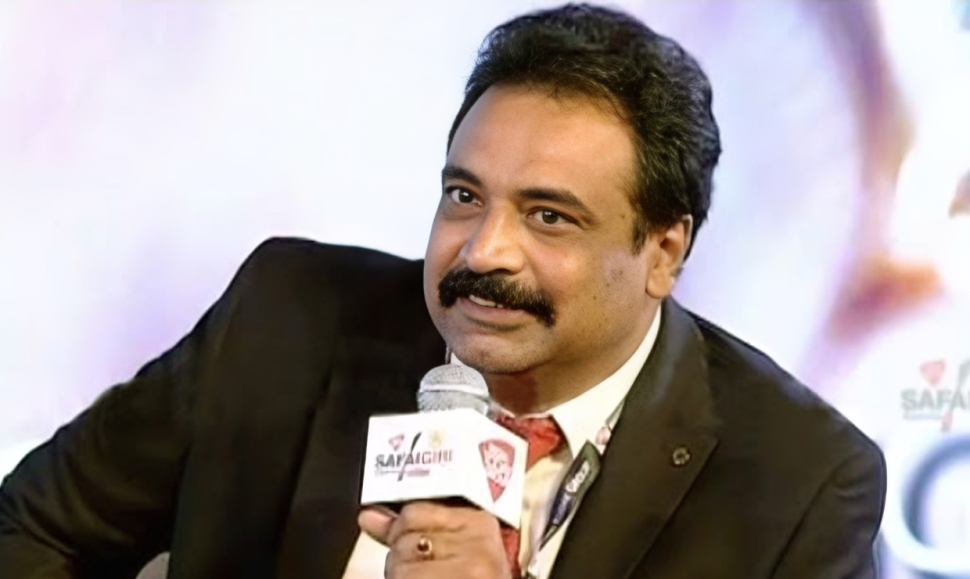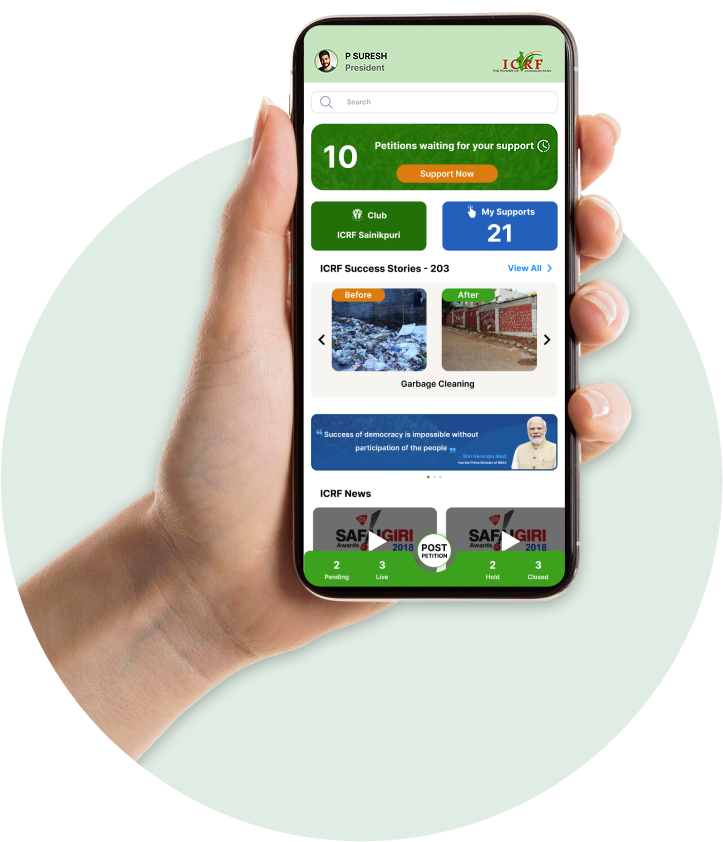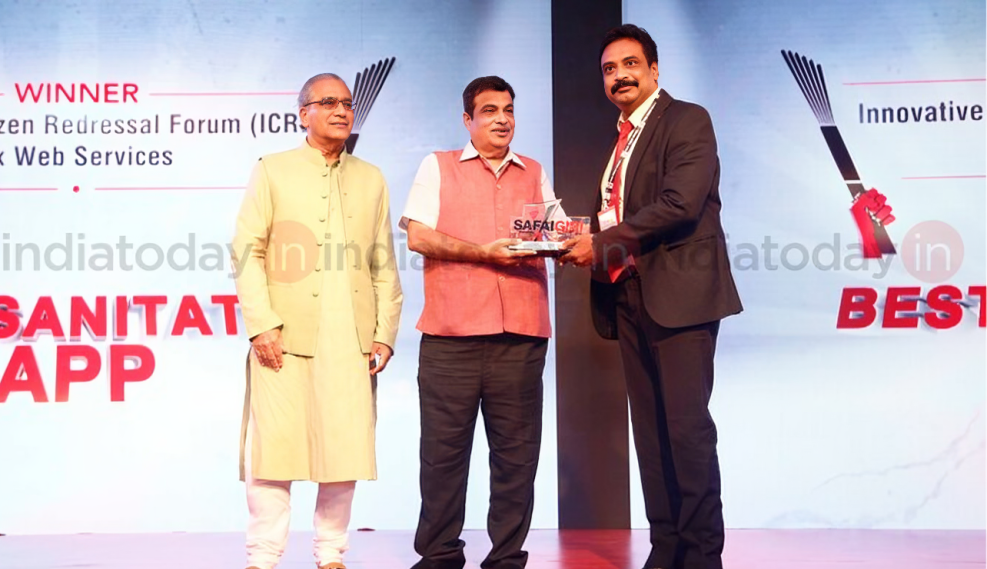
In the year 2014, I contested as an MLA from the Markapuram constituency of Andhra Pradesh. It was my first time participating in active politics. I got the opportunity to understand people’s needs and expectations from their elected representatives. I also closely observed how politicians campaign for votes and how voters are often carried away by hollow promises. Even after 70 years of independence, our country still lacks basic amenities such as roads, drinking water, electricity, medical care, and education. This made me question why our country continues to struggle with these fundamental needs. Why are the elected representatives unable to address them?


It was then that I realized that providing these essential amenities is the duty of government officials and bureaucrats. They are responsible for ensuring these necessities, and not the elected leaders. It is the government’s employees responsibility to provide these services, rather than relying solely on politicians. Since I am in the business of software development, my focus was to find a solution using technology. I started thinking about how technology could be leveraged by the citizens of this country to address societal problems and create a powerful tool that would effectively communicate strong messages to the government officials. I was inclined to explore a digital solution since physical involvement of large groups of people is often impractical, as individuals are occupied with their own jobs and businesses. However, for an agitation to be successful, it requires a significant number of people raising their voices simultaneously.
That’s when I realized that a 'digital dharna' could be the ultimate solution—enabling large groups of people to voice their concerns, create pressure on government officials, and ensure the immediate resolution of public grievances. Now, the question arises: why are government officials unable to fulfill the needs of society? When I analyzed this issue, I realized that most officials are neither efficient nor result-oriented in their jobs. There is no proper monitoring of government officialswork. Leaders are occupied with policymaking and rarely oversee the performance of government employees. This leads to another crucial question: who will monitor the work of government employees?
Since our country is a democratic country, the ultimate authority to monitor and question government employees lies with the citizens. Citizens have the power, but how can they effectively utilize it? Currently, there is no unified platform where citizens can express their concerns, make their voices heard, exert pressure on government officials, and ensure that the government fulfils its responsibilities towards the society.
A digital dharna requires a platform, and that platform is ICRF. Here, citizens can view all posted petitions and have the option to support them. Each click on a support will trigger an SMS to the concerned official. The more the number of clicks, the more pressure is created and the official will understand the urgency and resolves the problem immediately. Such continuous messages will alert officials to the urgency of the problem and prompt them to take immediate action to resolve it. I urge all of you to install ICRF on your mobile devices and contribute through your clicks to help improve our country. Your single click can make a difference and bring change.
